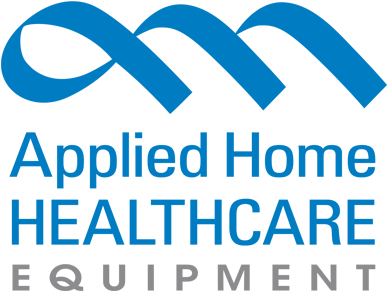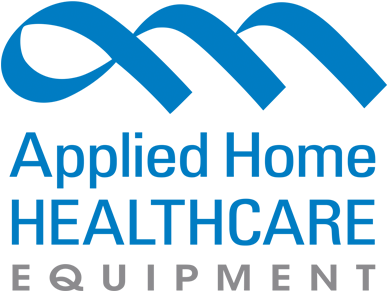PRODUCT CATEGORIES
CLASSES/REGISTRATION
WHAT'S YOUR ROLE?
Portable Oxygen Concentrators: What are they and how do they work?
Portable oxygen concentrators, or POCs, are lightweight medical devices that dispense oxygen while being highly portable. They allow those prescribed medical oxygen to carry their own oxygen supply with them wherever they go, eliminating dependence on bulky and heavy oxygen tanks. The lightest POC on the market, the OxyGo FIT, weighs just 2.8 pounds.

In the past decade POCs have made an enormous contribution to the effectiveness of oxygen delivery therapy. They are easier for patients to use and less expensive for providers to service. Before their development, patients needing oxygen at home depended on heavy oxygen tanks to dispense their oxygen. They were tethered to these tanks and could not leave home easily. Their only option to get out of the house was to attach themselves to smaller oxygen tanks on wheels and drag those tanks around with them. Such tanks can still be used today but they are obtrusive, call attention to the person using them and have restrictions as to where they can be taken.
POCs have become an oxygen patient’s gateway to freedom. They do this by making their own oxygen from the air around them. POCs often enable oxygen patients to enjoy activities and exercises that were difficult or not possible while using oxygen tanks. This gives these patients a welcome sense of freedom that enhances their quality of life. Studies show that POCs help patients live longer lives by promoting mobility and exercise.
All POCs work by extracting oxygen from the air and then filtering the air to be able to deliver medical grade oxygen to the patient. Jason Flanigan, OxyGo General Manager explains that “A POC is essentially an oxygen filter. It uses a compressor to force air through sieve beds. The air surrounding us is approximately 80% nitrogen and 20% oxygen. Sieve beds (sometimes referred to as columns) are filters that separate the nitrogen from oxygen. They store the oxygen they extract from the air in a reservoir from which the patient breathes the delivered oxygen. Sieve beds do this by enabling the nitrogen they extract from the air to be pushed out of the machine leaving the pure oxygen remaining for delivery to the user of the POC,” says Flanigan.
He explains the process by which POCs turn air into oxygen with four basic steps common to the operation of all POCs. (1) Air is drawn from the room into the POC. (2) Oxygen in that air is compressed. (3) Nitrogen is removed from the air via sieve beds. (4) Pure medical oxygen remaining is stored and delivered to the patient.
Since sieve beds act as a filter they need to be replaced occasionally. Some sieve beds are easier to replace than others that require special tools when needing replacement. OxyGo POC’s sieve beds are some of the easiest to replace because they require no tools or specialized knowledge. They just snap out and then the new replacement sieve beds are easily snapped back in.
All POCs are powered by batteries that require recharging. OxyGo batteries are among the easiest to recharge and can last up to 13 hours, depending on the battery selected. They can be recharged anywhere: at home, in cars, restaurants, and wherever an electrical outlet can be found. It’s always recommended that POC users have an extra battery pack available to use in emergencies.
OxyGo’s Jason Flanigan states that POCs today are far advanced from early models that were often unreliable. “Today’s OxyGo POC is designed to run 24/7 and is a very high-quality product that is ultra-reliable,” said Flanigan.
If you or someone you know requires medical oxygen, ask your local provider if OxyGo is right for you. Learn more at www.oxygo.life.
You Might Also Like
Subscribe to our Newsletter
Get the latest regulatory info, accreditation news and exclusive discounts!
 View Cart []
View Cart []
